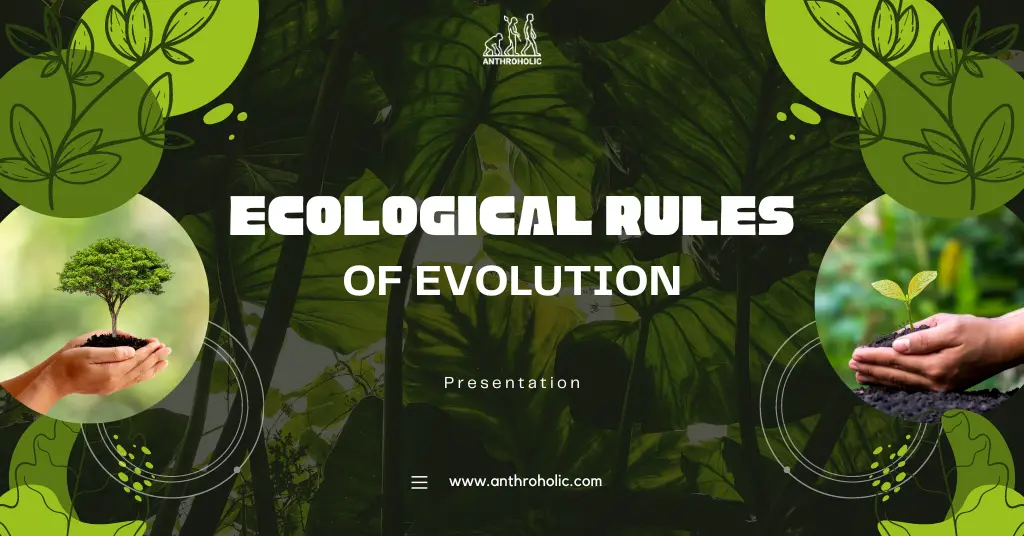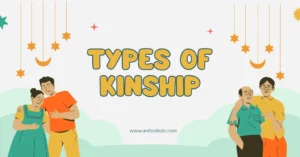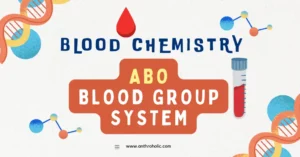AI Answer Evaluation Platform Live Now. Try Free Answer Evaluation Now
Ecological Rules of Evolution
Ecology and evolution are two fundamental processes that have shaped the world’s biodiversity. In the quest to understand the underlying rules of evolution, ecologists and evolutionary biologists have unveiled several principles. These so-called ‘ecological rules of evolution’ have provided a profound insight into how organisms adapt and evolve in response to their environment.

Principles of Evolutionary Ecology
Evolutionary ecology is a field that marries the concepts of ecology and evolutionary biology. The following are key principles that underlie this discipline:
- Natural Selection: This principle holds that individuals within a population vary in their traits, and this variation can influence their ability to survive and reproduce, leading to changes in the population over time [1].
- Genetic Drift: Random changes in the frequencies of traits in a population, particularly in small populations, can lead to changes in the population’s genetic composition [2].
- Mutation: New genetic variations are introduced into populations through mutations, which can lead to the development of new traits [2].
- Migration: The movement of individuals and the consequent transfer of genetic material between populations can influence evolutionary processes [2].
Ecological Factors Influencing Evolution
The ecological environment has a profound impact on how organisms evolve. Key factors include:
- Resource Availability: The availability and variability of resources can impose selective pressures that shape the evolution of species [3].
- Predation: Predation pressure can lead to the evolution of various defensive traits [4].
- Climate and Weather: Changes in climate and weather can alter habitats, leading to the evolution of new traits or even the emergence of new species [5].
- Competition: Intra- and inter-species competition can act as a driving force for evolution [6].
Examples of Ecological Rules of Evolution
A. The Island Rule
The island rule posits that, when mainland species colonize islands, large species tend to evolve to be smaller, and small species tend to evolve to be larger7. This phenomenon is attributed to changes in resource availability and predation pressure.
| Mainland Species Size | Island Evolution |
|---|---|
| Large | Become Smaller |
| Small | Become Larger |
B. Bergmann’s Rule
Bergmann’s rule states that within a broadly distributed taxonomic clade, populations of larger size are found in colder environments, and populations of smaller size are found in warmer regions [8].
C. Allen’s Rule
Allen’s rule suggests that endothermic animals from colder climates usually have shorter limbs and appendages than those from warmer climates, a pattern attributed to the regulation of heat loss [9].
D. Gloger’s Rule
Gloger’s rule proposes that animals living in humid, tropical climates are likely to have darker pigmentation than their counterparts residing in arid, temperate environments [10].
Contemporary Importance of Ecological Rules of Evolution
Given the mounting pressures of climate change and habitat degradation, the study of ecological rules of evolution has become increasingly critical. Understanding these rules can help predict how species may respond to environmental changes and can inform conservation strategies [11].
Conclusion
From the principles of evolutionary ecology to the various ecological rules of evolution, it’s clear that the environment plays a pivotal role in shaping the evolutionary trajectory of species. By understanding these ecological rules, we can deepen our comprehension of the complex interplay between ecology and evolution, providing us with essential tools to navigate the challenges posed by environmental changes.
Referneces
[1] Darwin, Charles. On the Origin of Species. John Murray, 1859.
[2] Kimura, Motoo. “Evolutionary Rate at the Molecular Level.” Nature, vol. 217, 1968, pp. 624–626.
[3] Schoener, Thomas W. “Resource Partitioning in Ecological Communities.” Science, vol. 185, no. 4145, 1974, pp. 27-39.
[4] Endler, John A. “Natural Selection in the Wild.” Princeton University Press, 1986. http://dx.doi.org/10.2307/2260553
[5] Parmesan, Camille. “Ecological and Evolutionary Responses to Recent Climate Change.” Annual Review of Ecology, Evolution, and Systematics, vol. 37, 2006, pp. 637-669.
[6] Hardin, Garrett. “The Competitive Exclusion Principle.” Science, vol. 131, no. 3409, 1960, pp. 1292-1297.
[7] Lomolino, Mark V. “Body Size Evolution in Insular Vertebrates: Generality of the Island Rule.” Journal of Biogeography, vol. 32, no. 10, 2005, pp. 1683-1699.
[8] Bergmann, Carl. “Über die Verhältnisse der Wärmeökonomie der Thiere zu ihrer Grösse.” Göttinger Studien, vol. 3, no. 1, 1847, pp. 595-708.
[9] Allen, Joel A. “The Influence of Physical Conditions in the Genesis of Species.” Radical Review, vol. 1, 1877, pp. 108–140.
[10] Gloger, Constantin W. L. Das Abändern der Vögel durch Einfluss des Klimas. August Schulz, 1833.
[11] Urban, Mark C. “Accelerating Extinction Risk from Climate Change.” Science, vol. 348, no. 6234, 2015, pp. 571-573.




